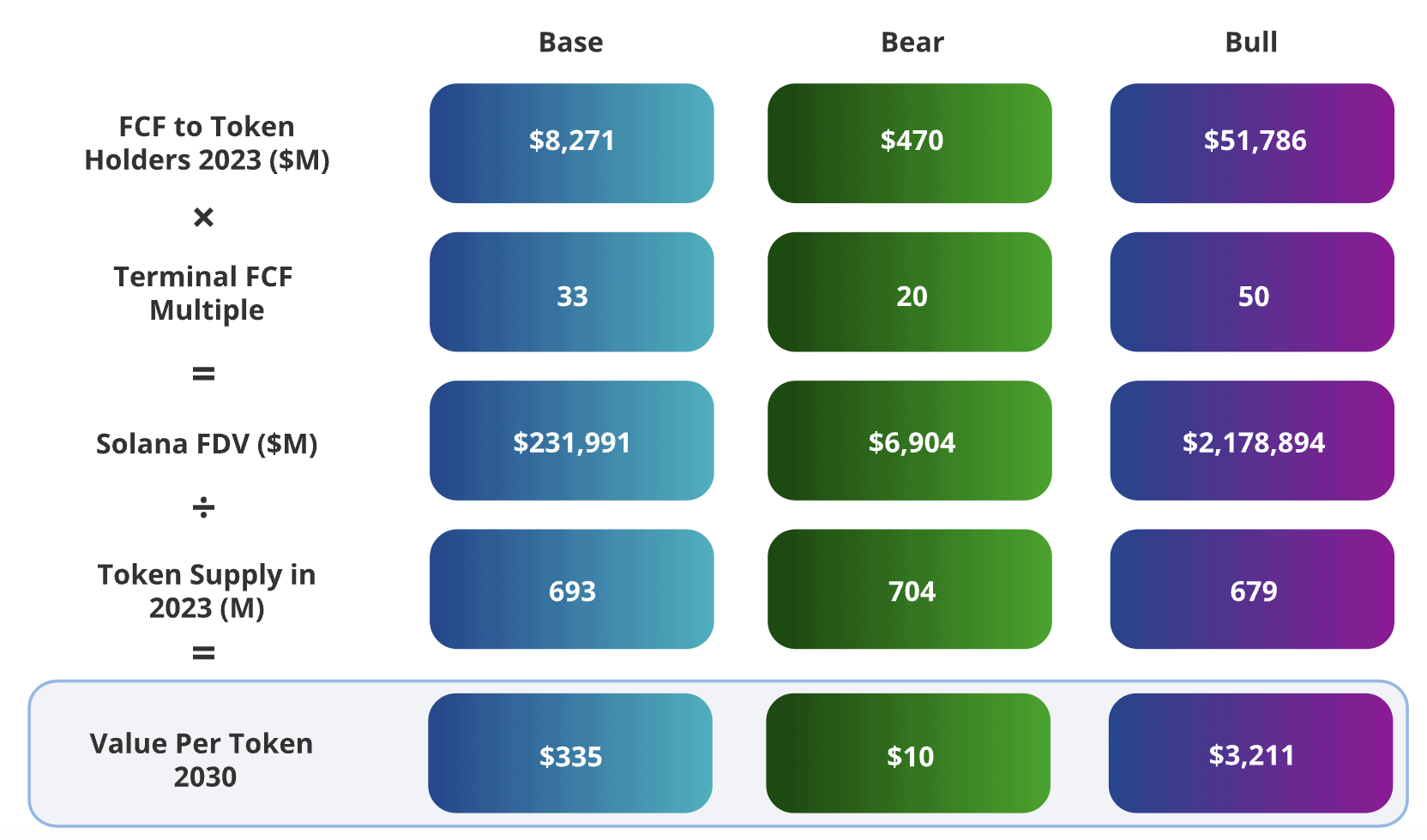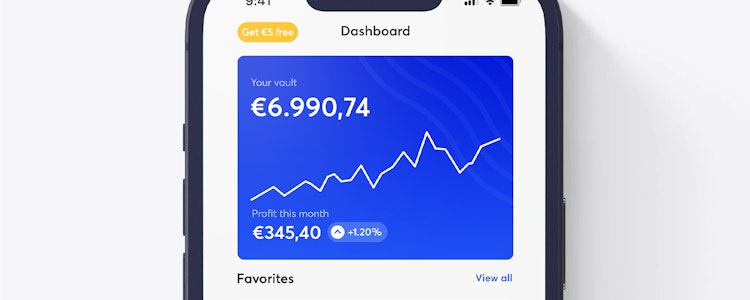News - Solana rate to 3,000 US dollars?
Layer 1 blockchain Solana is considered one of Ethereum's biggest competitors. This despite the near collapse of the ecosystem in the aftermath of the FTX debacle. Since the December 2022 price low of about eight US dollars, the SOL token managed to catapult to its current annual high of 35 US dollars almost a year later.
Even further growth is now forecast for the coming years, as shown in the latest report from asset manager VanEck. In a bullish scenario, VanEck said, the SOL could reach some US$3,211 by 2030. That would be a staggering growth of more than 10,000 percent over current levels. In contrast, a downward forecast from the same report sees SOL at a meager $9.81, miles away from its past high of $260.
Solana vs Ethereum
In an earlier report the asset manager predicted a bullish target for Ethereum of more than $50,000 by 2030, with Ethereum remaining the dominant platform for smart contracts. For Solana's assessment, analysts assume SOL could capture about 20 percent of Ethereum's future fees. The different philosophies of the two blockchains would also prevent Solana from capturing more than half the market share.
In the analysts' model, however, Solana would be the first blockchain application to have more than 100 million users. That's because the biggest obstacle to crypto adoption so far, in the eyes of the asset manager, is the cumbersome handling. Solana's high transaction speeds and low costs, on the other hand, make blockchain ready for mass adoption, he said.
Opportunities for Solana
Solana's focus on previously overlooked industries in the sector is also important, he said. Further developments of the Saga phone and Solana's mobile stack could thus ensure future adaptations. This is a distinct advantage over Ethereum, whose fees often skyrocketed in the wake of NFT mints and airdrops.
In terms of fees, however, Solana would have a very different problem, VanEck said. That's because the cost of maintaining the network through validators is currently many times higher than the revenue generated by the small fees, he said. As a result, operators of nodes must sell SOL to cover costs, he said. Until that fee model improves, VanEck said, Solana will depend in the future on a "consistent inflow of speculative capital" to continue to exist in its current form.







